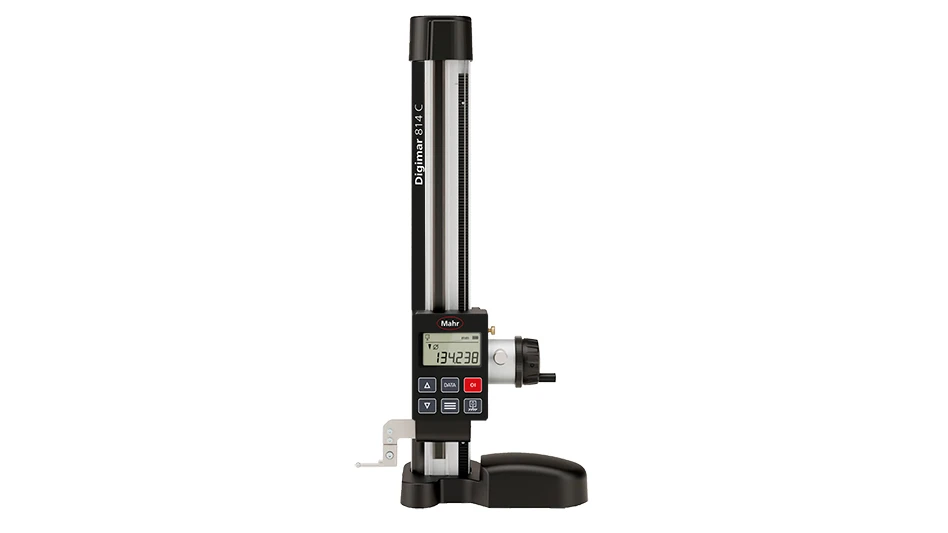
Sandvik Coromant
As a sustainability advocate and supporter of global sustainability goals, Sandvik Coromant has developed a set of internal goals called Make the Shift to set a new industry standard and raise the bar for sustainable business.
“The metalworking industry is conservative by nature, meaning change can often be slow. We’re aiming to disrupt that. We hope that our initiative will motivate other companies in the industry to follow on our path to a more sustainable industry,” says Helen Blomqvist, president of Sandvik Coromant.
It’s no secret that the industry has a huge carbon footprint. In the U.S., manufacturing accounts for almost a quarter of direct carbon emissions, according to the Environmental Protection Agency. In Europe, the industry emits an annual total of 880 million tons of carbon dioxide equivalents. Sweeping changes must be made, and Sandvik Coromant is taking major steps to be in the forefront of this transition.
Not only is a more sustainable metalworking industry necessary from environmental aspects, consumers also want companies to be focused on sustainability, as do current and prospective employees. Sandvik Coromant has made a commitment to lead the way toward a more sustainable future – a future where sustainability is the result of what the company does and is an integrated part of how business is conducted. This includes making use of new technologies, new competencies, and new ways of designing to make the processes better for both the organization and the environment.
To achieve this, Sandvik Coromant has established two leading objectives:
- Achieve a more circular business through more efficient recycling, aiming to recycle at least 90% of the company’s waste and halve the carbon dioxide impact by 2030. Many processes have already been implemented to make this shift, from a robust recycling program to digital devices like the Green Factories measurement tool, which allows Sandvik Coromant to track areas of inefficiency throughout all facilities.
- Increase energy efficiency by repurposing or reducing energy spent in operations, aiming for a 2.5% reduction in consumption each year.
Cleaning up industry
It’s not just the planet that can benefit from more sustainable operations. Investing in greener technologies can bring major benefits to a business’s bottom line, improving brand image, reducing waste, and making a business seem more attractive to employees.
According to McKinsey, having a sustainability strategy allows a company to make long-term investments, boosts employee motivation and increases top-line growth. When talking about sustainability, Sandvik Coromant is including its impact on people, planet, and profit.
Being green is no longer a cost of doing business; it is a catalyst for constant innovation, new market opportunity and profitability.
Circularity and why Coromant’s buy-back program is the way to go
When crafting a sustainability strategy, one of the most important elements an industrial company must review is its waste. The circular economy doesn’t only offer environmental benefits. As soon as Sandvik Coromant’s own metal cutting tools lose their effectiveness, as is natural over time, it would be all too easy for customers to toss them away and render them unusable. However, the materials used to make those tools remain valuable.
95%t of a used carbide insert can be recycled. Of this carbide, tungsten makes up around 75%. Making new tools from recycled solid carbide requires 70% less energy than producing with virgin raw materials. Production is also more sustainable, and using recycled materials emits 40% less carbon dioxide compared with starting from scratch.
Circular adoption addresses both global sustainability challenges while taking care of an issue that few customers desire to manage – waste. Overseeing the entire life cycle of a product, like the tools manufactured and sold by Sandvik Coromant, gives businesses greater control of their assets. This control means a company can effectively review its costs while also helping its customers who will benefit from selling used products, creating a supplier relationship that does not cease once the initial purchase is complete.
So how does it work?
As part of Sandvik Coromant’s own global recycling process, used carbide tools are collected from customers and sent to the Wolfram Bergbau und Hütten recycling plant, located in Austria. There, recycling managers complete an X-ray fluorescence analysis using a scanning system, which determines the make-up of the received tools. After an initial crushing, the tools form a carbide powder. This powder undergoes chemical purification to retrieve materials that have the same properties as virgin tungsten.
Additional elements in the cemented carbide are also managed sustainably. For example, cobalt retrieved from the tools is sent to a third party for recycling. Carbide tools from all manufacturers are accepted into Sandvik Coromant’s recycling program, regardless of size, industry, or location.
Get curated news on YOUR industry.
Enter your email to receive our newsletters.
Latest from Today's Medical Developments
- AI will power the next generation of medical wearables
- CUI Crash Course from Smithers
- Revolutionary implant harnesses electricity for healing
- Discover the advantages of Oerlikon's latest Surface Two technology
- #48 Lunch + Learn Podcast with OPEN MIND Technologies
- CERATIZIT achieves SBTi validation for emissions goals
- Applied Motion Products’ MLA & MEA series linear actuators
- Arterex expands portfolio with Xponent Global acquisition





